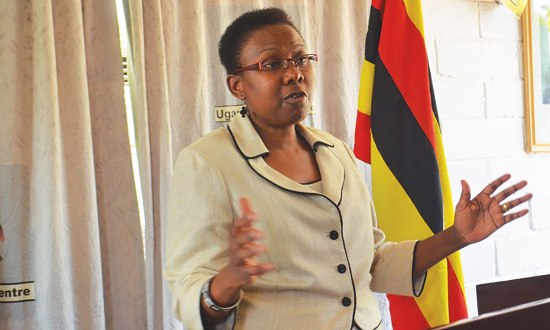According to the 2016 Uganda population HIV/Aids Impact Assessment (UPHIA) survey, the adult HIV prevalence is higher among women at 7.5 per cent compared to 4.3 per cent among men.

The survey, which was conducted from August 2016 to March 2017 from 12,483 households states that it achieved very high participation rates of over 95 per cent for both interviews and blood draws.
“A total of 16,670 women and 12,354 men aged 15-64 years were interviewed and tested for HIV, syphilis and hepatitis B,” the report reads in part.
HIV prevalence is also highest among women in the age groups of 35 to 39 years and 45 to 49 years, at 12.9 per cent and 12.8 per cent respectively.
The report also states that among women and men, HIV prevalence declined from 8.3 per cent and 6.1 per cent in 2011 to 7.5 per cent and 4.3 per cent in 2016 respectively.
Dr Joshua Musinguzi, the Aids Control Programme manager at the Ministry of Health said HIV/Aids prevalence is higher among women than men because they are higher chances of the former engaging in sexual intercourse they have not consented to, due to lack of bargaining power and hence the exposure to unprotected sex.
“Also, the fact that in most cases a man can have more sexual partners unlike women. This means that if the man is HIV positive they would spread to more women,” Dr Musinguzi explained.
The prevalence rate declined in urban areas from 8. 7 per cent to 7.1 per cent, while in rural areas it fell from 7.0 per cent to 5.5 per cent.
These declines in HIV prevalence, the health minister Jane Ruth Aceng, said may be due to a decreasing number of new infections in recent years resulting from the impact of the intensified HIV prevention and treatment services in the country.
The 2011 Uganda AIDS Indicator Survey estimated national HIV prevalence among adults at 7.3 per cent compared to 6 per cent in 2016 UPHIA.

